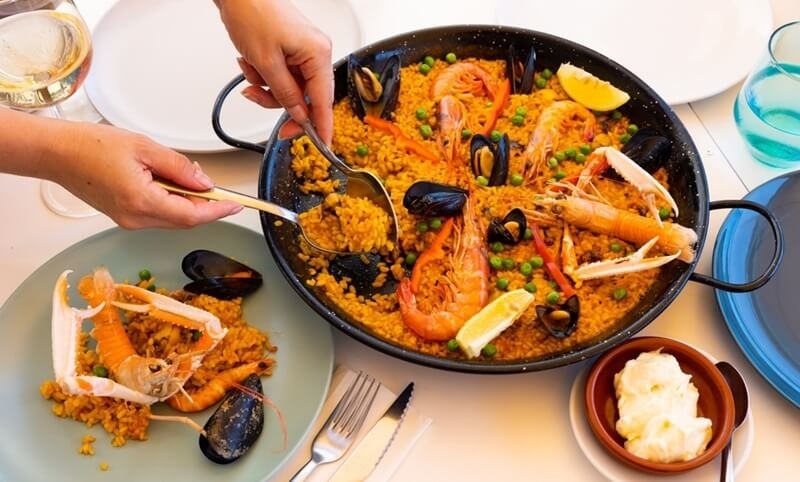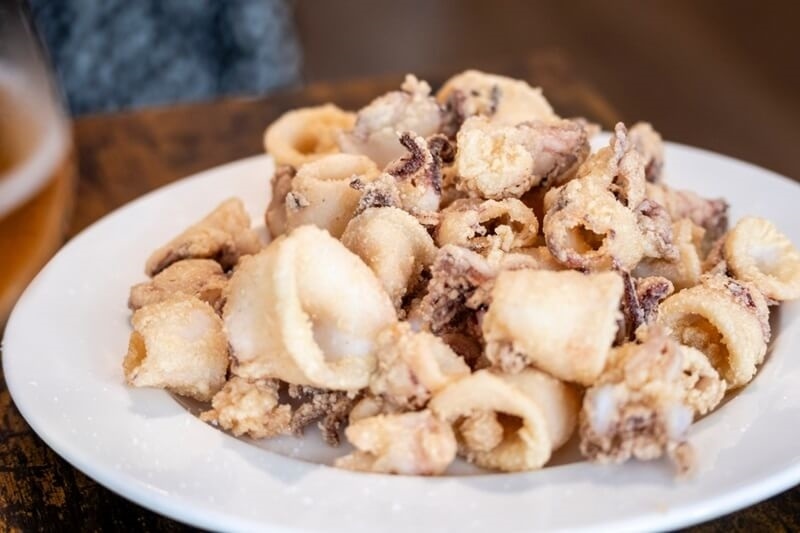
If Spanish food is what most people consider, they automatically imagine paella, tapas, or sangria. In reality, though, Spain is a composite of areas whose culinary heritage, geography, and culture are unique to their own specialties. Whether the Andalusian Mediterranean coast, the Basque Mountains, or any other area, regional Spanish food is as diverse as the landscape. To understand Spanish cooking, one has to explore regional Spanish cuisine that characterizes the nation.
Here, we'll journey through Spain's most emblematic regions, uncovering their unique flavors and how they've come to define what we refer to as regional Spanish food. For the American audience, this journey is as much about the stories, Basque food traditions, Andalusian cuisine explained, Catalan gastronomy, and individuals behind them as it is about the dishes themselves.
While in America, the cuisine will become something of a "melting pot," Spain fiercely resists its regional identities. Food here is not just fuel—it's heritage. Spanish regional cuisine highlights the extent to which climate, terrain, and local culture dictate what appears on the plate. A fish stew in Galicia is in no way like a meat-based banquet in Castile, and it's because of that that traveling in Spain is such a gastronomic delight.
Learning these contrasts also enables Americans to see past stereotypes. Spanish cuisine is not monolithic; it's as big and varied as the country itself. Let's unwrap these flavors region by region.

If there's one area that exudes the color and warmth of southern Spain, it's Andalusia. The food of the area is a reflection of its Moorish past, Mediterranean climate, and fertile farmland.
To Americans, Andalusia is a journey that reminds one that food must be shared, enjoyed slowly, and relished with loved ones.
A little farther north in rugged Basque Country lies one of the richest and most refined culinary traditions in all of Europe. Basque food traditions are a fusion of land and sea, combining hearty mountain fare with world-famous seafood.
If one word to describe Catalan cuisine exists, it is "balance." Located between the Pyrenees and the Mediterranean, Catalonia combines seafood, vegetables, and meat into savory and creative dishes.
Traveling west to Galicia, we come to a region whose daily life and gastronomy are dictated by the Atlantic Ocean. Renowned for its green scenery and rocky shores, Galicia is a paradise for seafood lovers.
While Andalusia, the Basque Country, Catalonia, and Galicia receive most of the attention, other regions offer equally fascinating flavors. Each contributes to the fabric of Spanish regional specialties:
Castile and León: Roasted suckling pig and lamb, traditionally oven-roasted in wood-burning ovens.
Valencia: Where paella, a rice dish now devoured worldwide, has its birthplace.
Asturias: Cider taverns and hearty bean stews like fabada asturiana.
Navarra: Famous for its vegetables, especially peppers and artichokes.
As one can see, these places represent why regional Spanish cuisine is unconfined to one dish. Each region contributes its own page to Spain's gastronomic history.
During the last few years, the majority of these flavors have crossed the Atlantic. Spanish regional specialties make their way onto menus in restaurants along New York, Los Angeles, and Chicago, from Galician octopus to Basque pintxos. Specialty food stores are introducing American kitchens to olive oils, Iberian ham, and regional wines, as well.
Spanish food tours and cooking classes have also become more popular among American travelers. For everyone, food has become the doorway to Spanish culture, which means regional Spanish cuisine is not merely a taste but cultural.
If you do go, this is how to order Spain on its plate:
Each area offers an experience not only to sample but to become a part of centuries-old tradition.
To unwrap Spain's tastes is to consume diversity, history, and culture in one bite. From Andalusian cuisine, unraveled by gazpacho and tapas, to Basque food culture's innovative boldness, Catalan gastronomy's creativity, and Galician seafood culture's freshness, each region reveals its unique identity.
For American readers, one of the joys of experiencing regional Spanish cooking is not just tasting the foods but reaching out to the individuals and the backgrounds behind them. And with growing Spanish regional specialties on American city menus, there's never a better time to start. So the next time you discover regional Spanish food, don't relate it to paella. It is discussing the bouquet of a nation in bits and pieces from its lands—each morsel has a tale to relish.
This content was created by AI